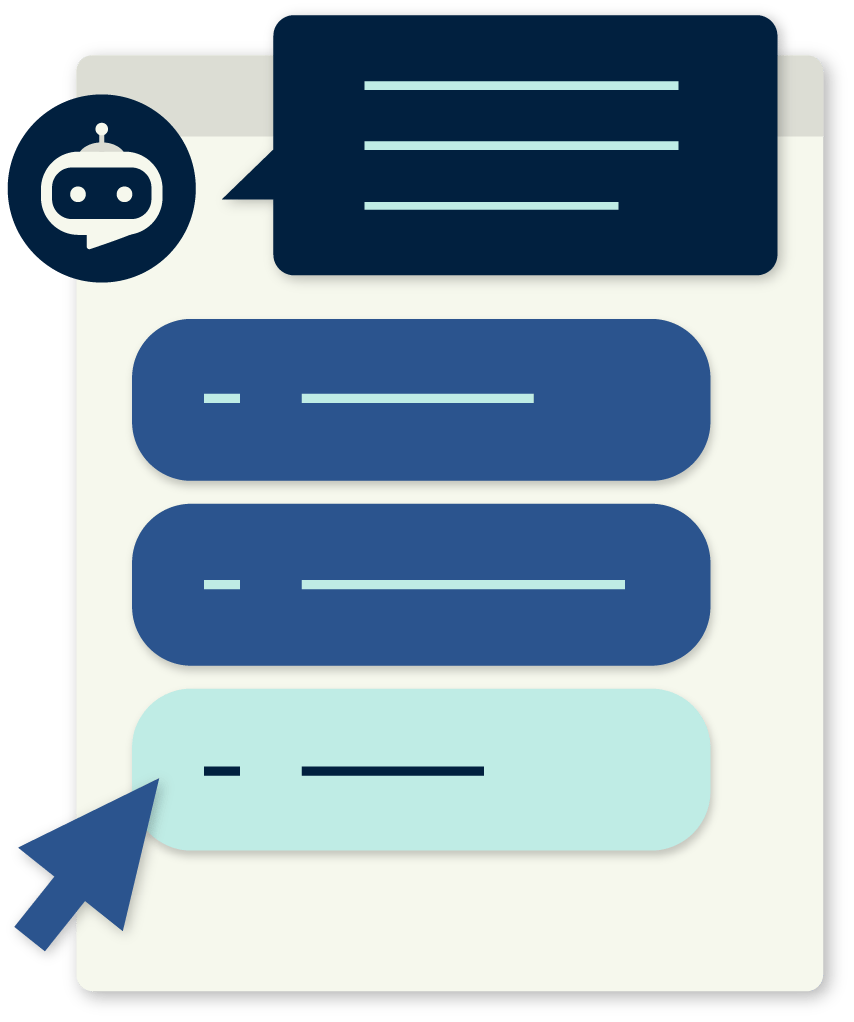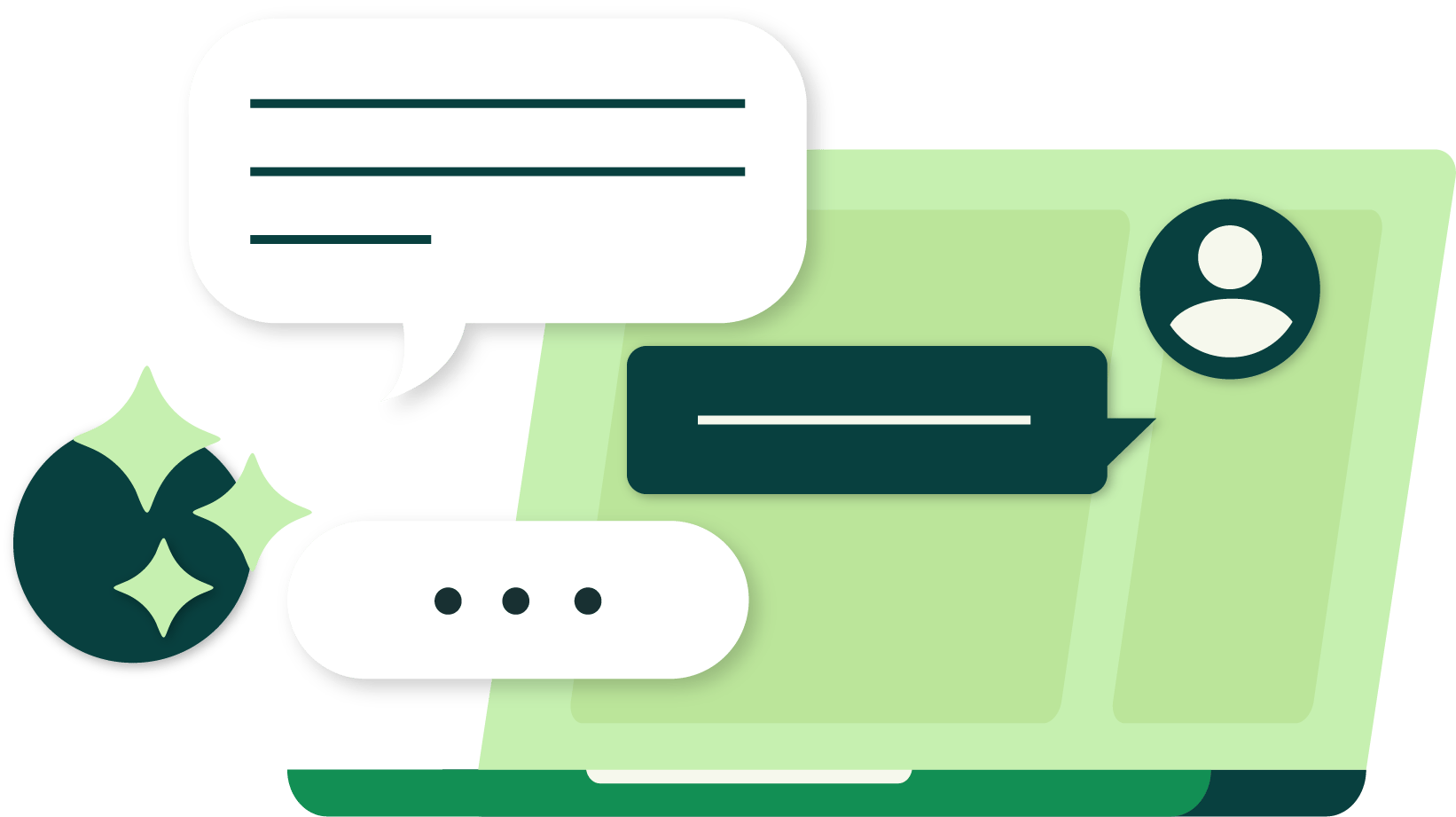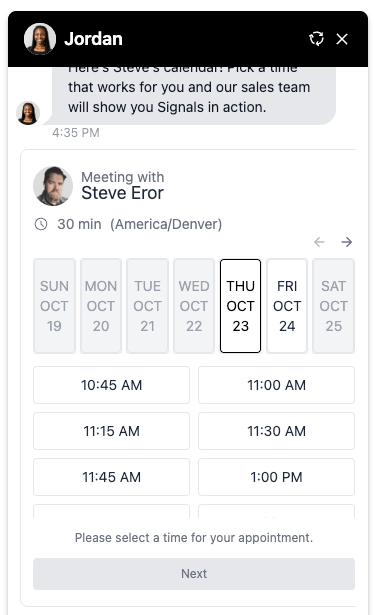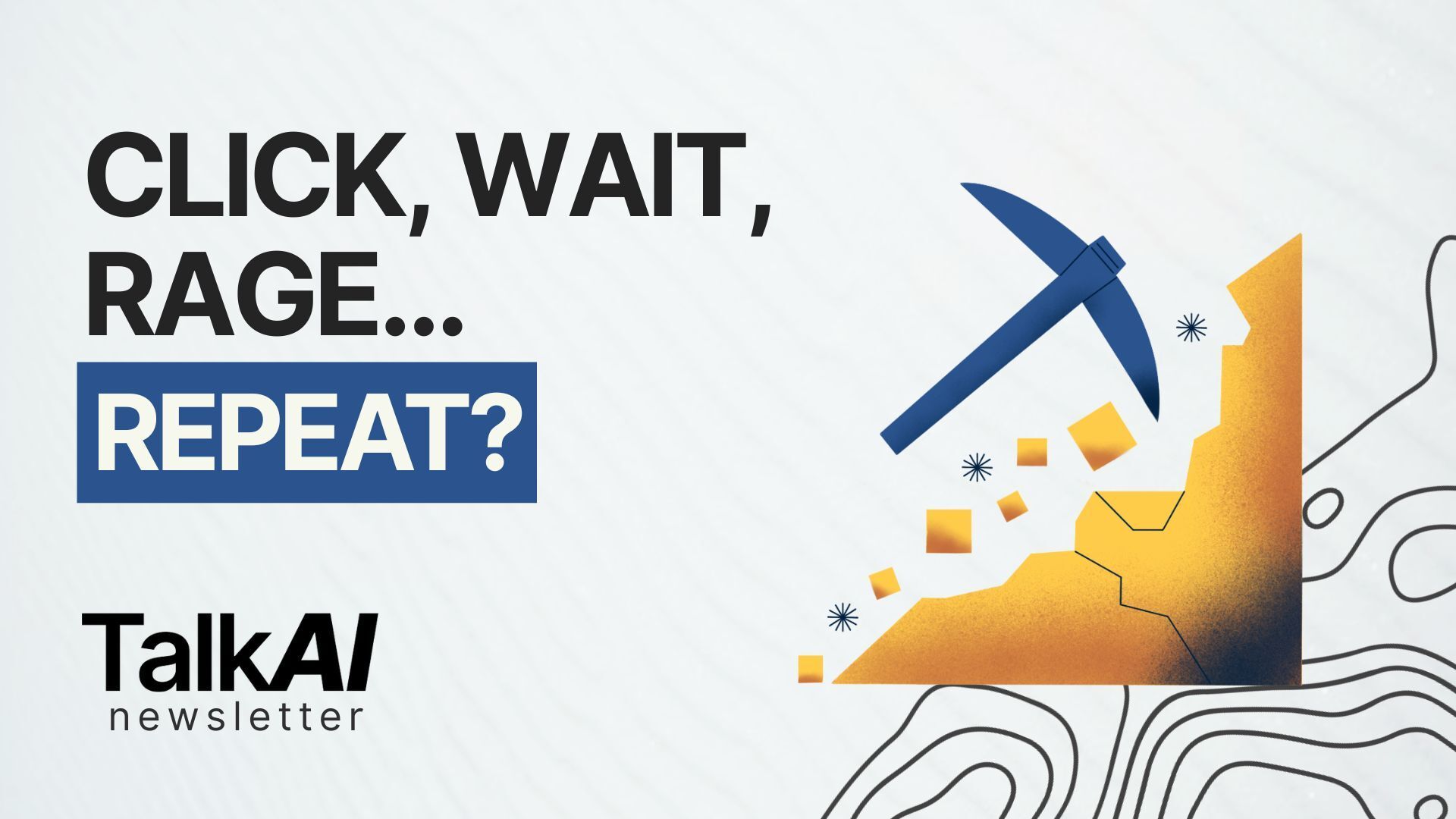Alright, let’s talk AI.
This week’s mix hits the past, present, and future of customer conversations. We’re diving into the Button Bot era (click, wait, rage quit), the Fake-AI era (smarter scripts, same old frustration), and the Cloud Employee era, where AI doesn’t just talk, it actually works. Plus, why your old chatbots are still torturing your customers and how Jordan, your AI SDR, is changing the game.
Let’s get into it.
No, But Seriously…
Still Using Chatbots in 2025?
You’ve got to be kidding me. People are still using chatbots in 2025?
Click a button.
Wait for a script.
Click another button.
Rage quit.

It’s like an April Fools’ joke that never ends.
We’ve evolved past this. This isn’t automation, it’s customer experience torture with extra steps.
If you hate using bad chatbots on other sites, why put your customers through the same?
Smart automation should feel human, not haunted by 2018 UX.
Be better than the gap, my friend. Bet better than the gap.
The Drop
Where Chat’s Been, and Where It’s Finally Going
It’s wild to think how far chat has come. What started as clunky, defensive automation has quietly turned into something that actually feels human. We’ve gone from dodging customers to actually helping them and not in a cute, scripted way. In a way that works.

The Button Bot Era: Where Automation Meant “Please Go Away”
This was the Ice Age.
Click a button, get a script. Click another, wait. Rage quit. These bots weren’t made for customers. They were made for companies trying to avoid them.
They didn’t solve problems. They buried them in workflows. It was less “How can I help you?” and more “Please don’t call support.” Automation existed, but it worked against the customer, not for them.

The Fake-AI Era: When Bots Got a Vocabulary but No Brains
Then came the so-called AI bots. They looked smarter. Acted slicker. Even threw in your name like they cared. But underneath? Still just decision trees with better branding.
Ask a real question, get a confident non-answer. And right when you think you’re getting somewhere: “Let me connect you with a rep.” Translation: “This thing just gave up.”
It wasn’t real intelligence. Just a longer leash on the same old script.

The Cloud Employee Era: Automation That Doesn’t Tap Out
Fast forward to now. 2025. Chat’s not pretending anymore.
We’ve entered the Cloud Employee era, where AI doesn’t just deflect, it delivers. These systems don’t just talk. They work.
They hold conversations, pull data, book meetings, and close loops without handoffs or help. They know your product, your buyer, your brand voice. And they never need a coffee break.
This isn’t about replacing humans. It’s about removing friction. Because when automation actually works, your team doesn’t get replaced, it gets better.
The Shortcut
Your chatbot can’t do this.
Meet Jordan, your AI SDR.
She doesn’t just chat, she sells.
Here’s what AI Cloud Employees for chat do that chatbots can’t:
Pull CRM data and qualify you in real time — no forms, no waiting for a rep to check Salesforce.
Surface the right rep’s live calendar instantly based on territory, deal size, or product line.
Answer complex product questions by grabbing specs, pricing, and case studies straight from your knowledge base.
Tailor responses to your industry (“For fintech, yes we integrate with Plaid. For healthcare, we’re HIPAA compliant.”).
Write the meeting summary and next steps before you even hit “Schedule.”
Update Salesforce or HubSpot automatically — logging every conversation, field, and intent.
Trigger real-time workflows — from sending follow-ups to pinging Slack that a six-figure lead just booked a call.
No routing. No forms. No “we’ll get back to you.” Just: “Here’s Steve’s calendar. Pick a time.”
That’s the difference between AI that talks and AI that works. Most companies still treat their website chat like a receptionist. Ours acts like a revenue team. Chatbots were about deflection. Cloud Employees are about conversion.
Big difference.
I'm talking more about this in my webinar this Friday, join here.

That’s it for today. Connect with me on LinkedIn to hear more about AI + GTM.


